The Best Shanghainese Food in Shanghai
We are about to introduce you to the BEST Shanghainese Food of the lot! Ready…?
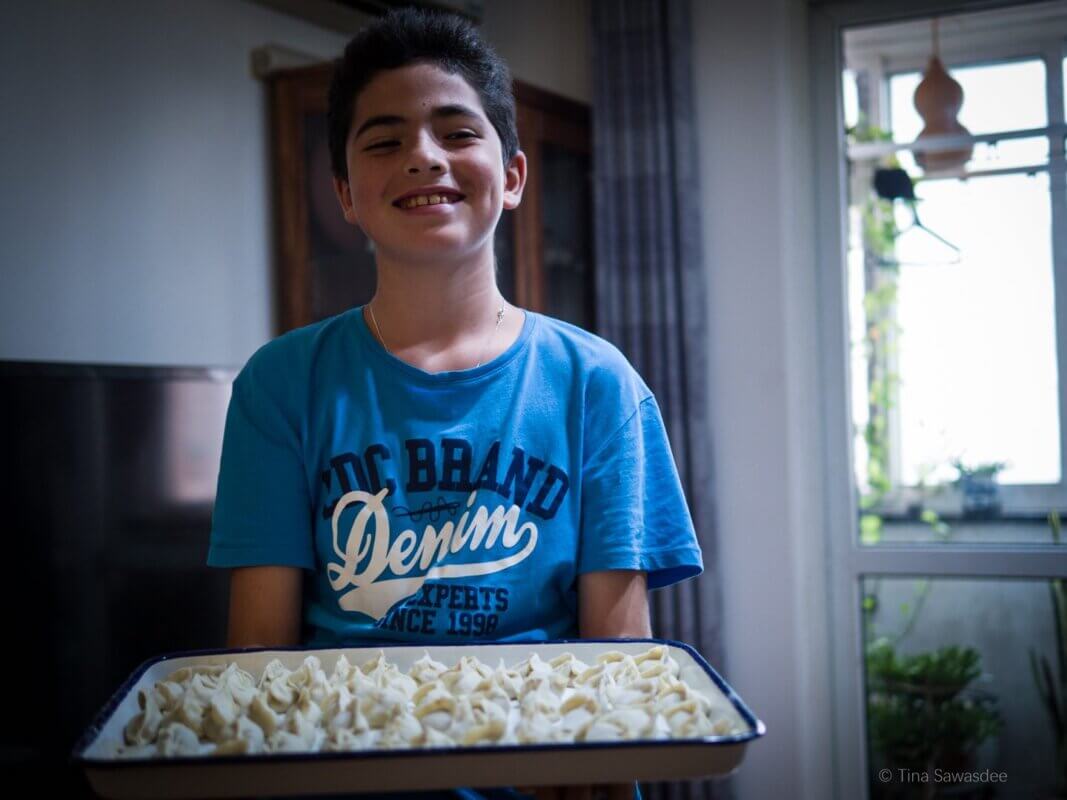
So, you’re either coming to Shanghai or just curious.
Chinese food is so diverse that it’d be difficult to say what the best dishes are (we did, though, here it is!).
Each region has its own specialties, and Shanghainese food is no different.
There’s more to Shanghainese cuisine than just soup dumplings (it’s on this list nonetheless).
Here are our top 10 foods to try in Shanghai.
A quick note: The English translations of these dishes will be subpar at best. There is no great way to translate them. Bear with me here.
Best Shanghainese Food || Bamboo shoot soup with pork.
Best Shanghainese Food || Sixi baked bran.
Best Shanghainese Food || Soup dumplings.
Best Shanghainese Food || Pan-fried pork buns.
Best Shanghainese Food || Shanghai spicy noodles.
Best Shanghainese Food || Rice balls in rice wine.
Best Shanghainese Food || Shanghai hairy crab.
Best Shanghainese Food || Pork chops with rice cake.
Best Shanghainese Food || Alfafa and pig intestines.
Best Shanghainese Food || Smoked fish.
Best Shanghainese Food || FAQs
腌笃鲜 (yān dǔ xiān) | Bamboo shoot soup with pork
A soup! We love a good soup.
Cured meat, pork ribs, and bamboo shoots are the main ingredients. 腌 (yān) means “to cure”, and 鲜 (xiān) means “fresh”.
Like most southern Chinese dishes,
腌笃鲜
is light and fresh. It can serve as a main course, and lucky for you, it’s in season all year round.
腌笃鲜 is not actually from Shanghai — it’s from the nearby province of Anhui — but close enough!
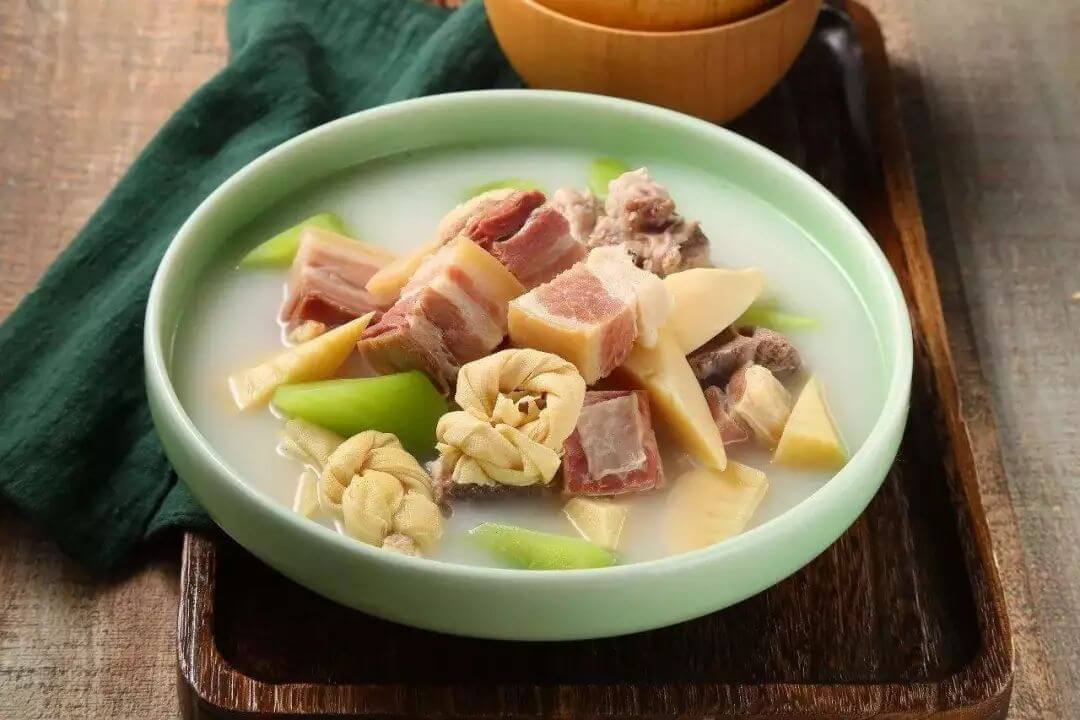
四喜烤麸 (sì xǐ kǎofū) | Sixi kaofu (baked bran).
Bran is the main ingredient of 烤麸, but it’s a lot less boring than it sounds.
Baked bran, fungus (it’s really popular), and peanuts are the main ingredients.
This dish is an appetizer and a cold dish.
四喜烤麸 is what we call 本帮菜 (běnbāng cài) — local cuisine. It’s from Shanghai, and it’s also in season all year round.
小笼包 (xiǎo lóng bāo) | Soup dumplings.
小笼包 is famous for a good reason!
As the name suggests, it’s a type of dumpling with soup inside.
The filling varies by region (different places have different specialities), and Shanghai’s xiaolongbao specializes in shrimp and meat.
Dip in vinegar if you’d like.
It’s also known as 南翔小笼包 — 南翔 (Nánxiáng) was a city in Shanghai during the Ming Dynasty.
This dish is 本帮菜 (běnbāng cài, local cuisine), and is more popular for breakfast and lunch.
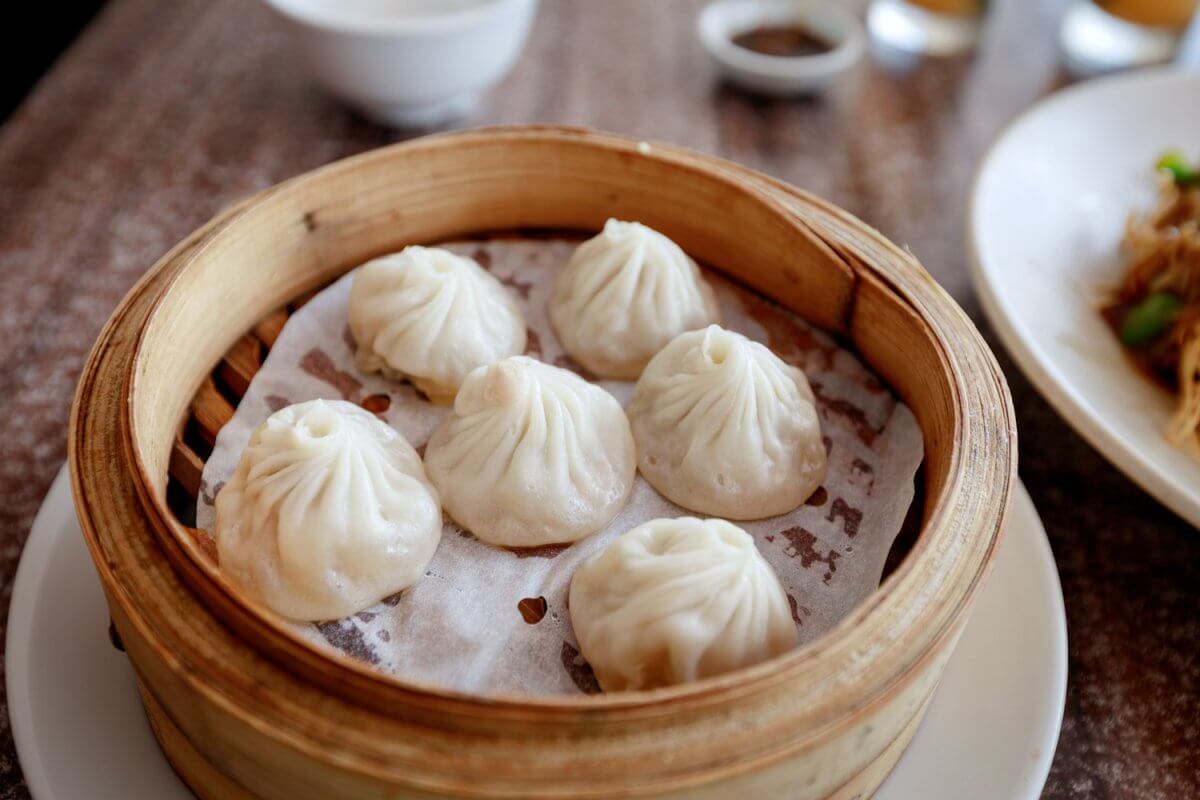
生煎包 (shēng jiān bāo) | Pan-fried pork buns.
Essentially, 生煎包 is xiaolongbao’s cousin.
Also a form of dumpling, also filled with soup, and also usually a breakfast food.
Generally, 生煎包’s filling will be pork. Dip in vinegar if you’d like.
Looks wise, shengjianbao differs from xiaolongbao as it has black sesame seeds and scallions sprinkled on top.
They are usually served in groups of four.
小杨生煎 (Xiǎo yáng shēngjiān) — Yang’s Dumplings — is a popular restaurant chain that specializes in this dish. It’s pretty reliable!
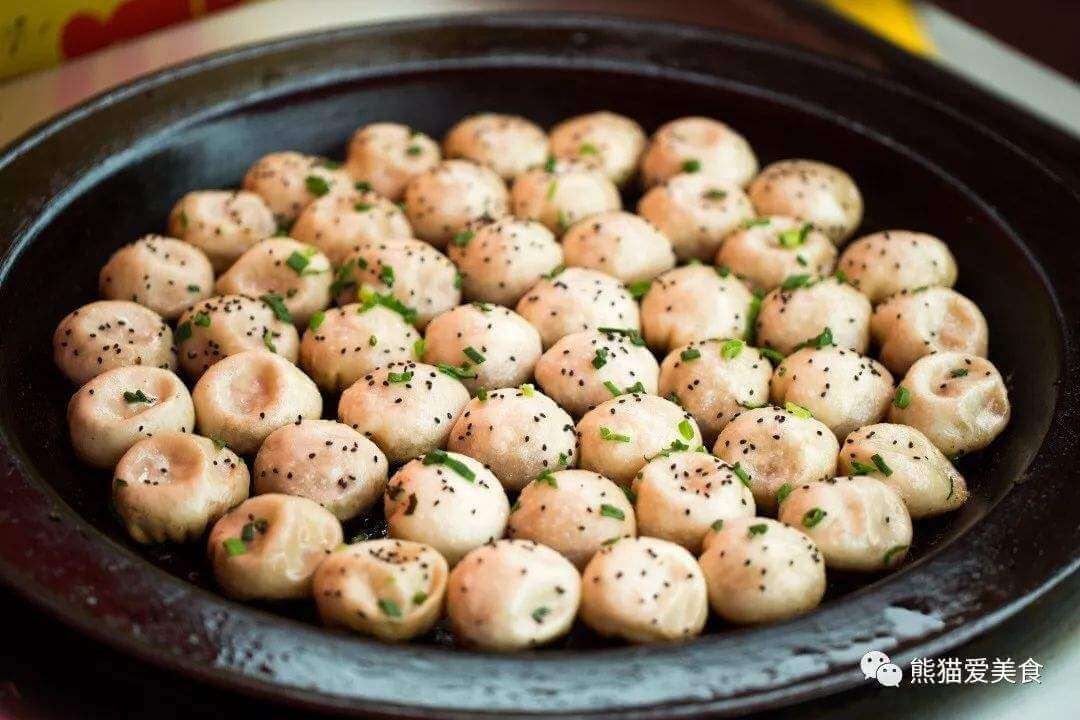
上海辣肉面 (Shànghǎi là ròu miàn) | Shanghai food: spicy noodles.
上海辣肉面 , a noodle dish!

Minced pork, chili oil, and veggies for topping if you so happen to want it.
This dish differs a bit from local cuisine with its thicker oil and chili flavor.
Shanghainese people love it, however, so it stays on the menu!
辣 (là) means “spicy”, 肉 (ròu) means “meat”, and 面 (miàn) means “noodles”.
The simplicity of this dish means that it would likely be served very fast, like a Chinese version of Western fast food!
酒酿圆子 (jiǔniàng yuánzi) | Rice balls in rice wine.
Our first and only sweet dish! Rice wine and rice balls, made of glutinous rice flour, are the main ingredients.
This flour is called 糯米 (nuòmǐ) in Chinese, and there’s a vague stickiness to them.
酒酿圆子 is more of a snack or dessert and is a typical dish of China’s 江南 (Jiāngnán) region. 江南 translates literally into “south of river” or, more accurately, “south of the Yangtze River”.
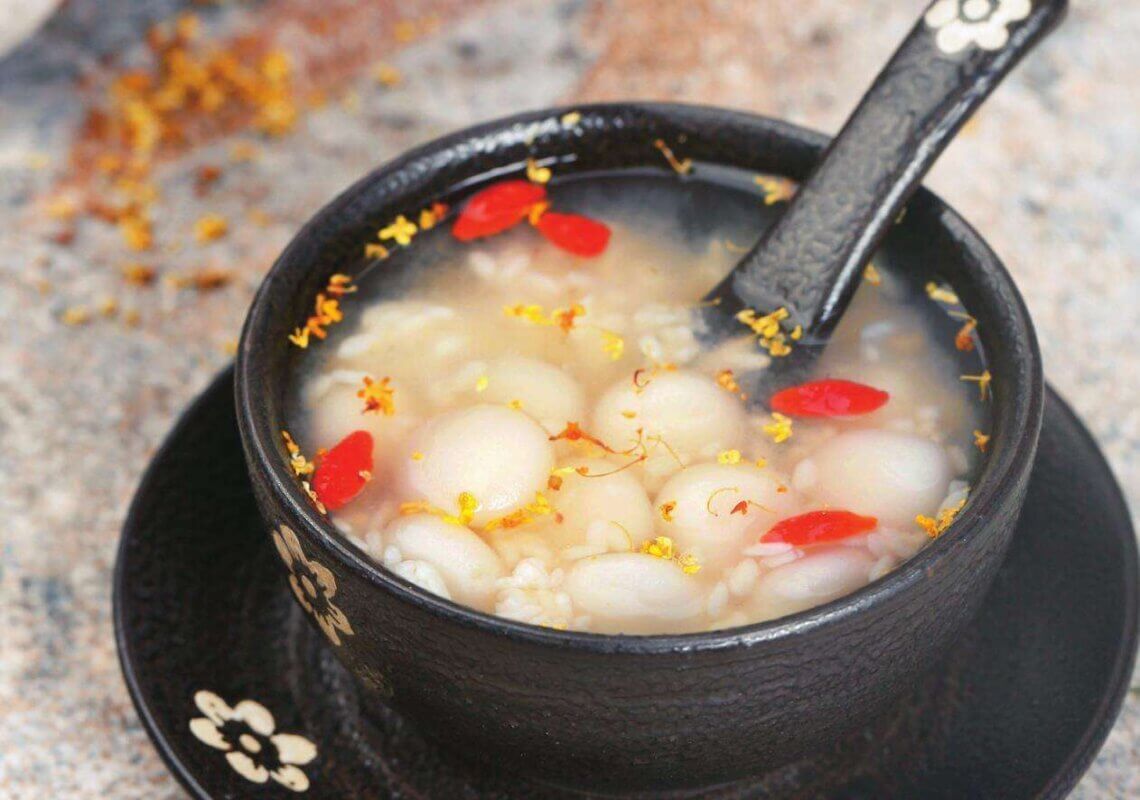
The yellow flowers on top are called 桂花 (guìhuā, osmanthus flower).
This is a popular ingredient in Chinese cuisine, known for its distinctive sweet smell.
It’s in season September to October, and is occasionally used for traditional Chinese medicine purposes.
Additionally, the red objects on top are called 枸杞 (gǒuqǐ).
In English, they are known as goji or wolfberries.
It is a very common traditional Chinese medicine ingredient, sometimes also flavoring food.
大闸蟹 (dàzháxiè) | Shanghai hairy crab
Our first seasonal dish is 大闸蟹 , a Shanghainese food specialty.
These crabs reside primarily along the coast and the Yangtze River.

It’s a complicated dish to eat (unsurprisingly, crabs have many parts), and it reflects the delicacy Shanghainese cuisine values, making it a signature Shanghainese dish.
大闸蟹 is a seasonal dish, and is best from October to November.
The “hairy” part of the Shanghai hairy crab is in reference to its claws. Parts can be seasoned with vinegar.
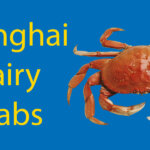
Shanghai Hairy Crabs – A Must-Try Local Delicacy
Shanghai Hairy Crabs – Trying a Local Delicacy For two months each year, vendors and restaurants bring out a beloved local delicacy widely enjoyed in the country, particularly in Shanghai and Hong Kong. You may know it as a hairy…
排骨年糕 (páigǔ niángāo) | Pork chops with rice cake
Trust me, the dish is less odd than the name sounds!
The two main components are fried rice cakes plus pork spareribs.
排骨年糕
is also local to Shanghainese cuisine (
本帮菜
, běnbāng cài).
True to its roots, there’s a subtle sweetness from the rice cakes that is representative of Shanghainese food.

草头圈子 (cǎotóu quānzi) | Alfafa and pig intestines
We can break this dish town into two parts: 草头 (cǎotóu) and 圈子 (quānzi).
Caotou is a type of vegetable, and the quanzi (circular) the dish refers to is meat served on top of the veggies.
Specifically, it’s braised pork intestines.
This is also 本帮菜 (běnbāng cài), and is salty and sweet.
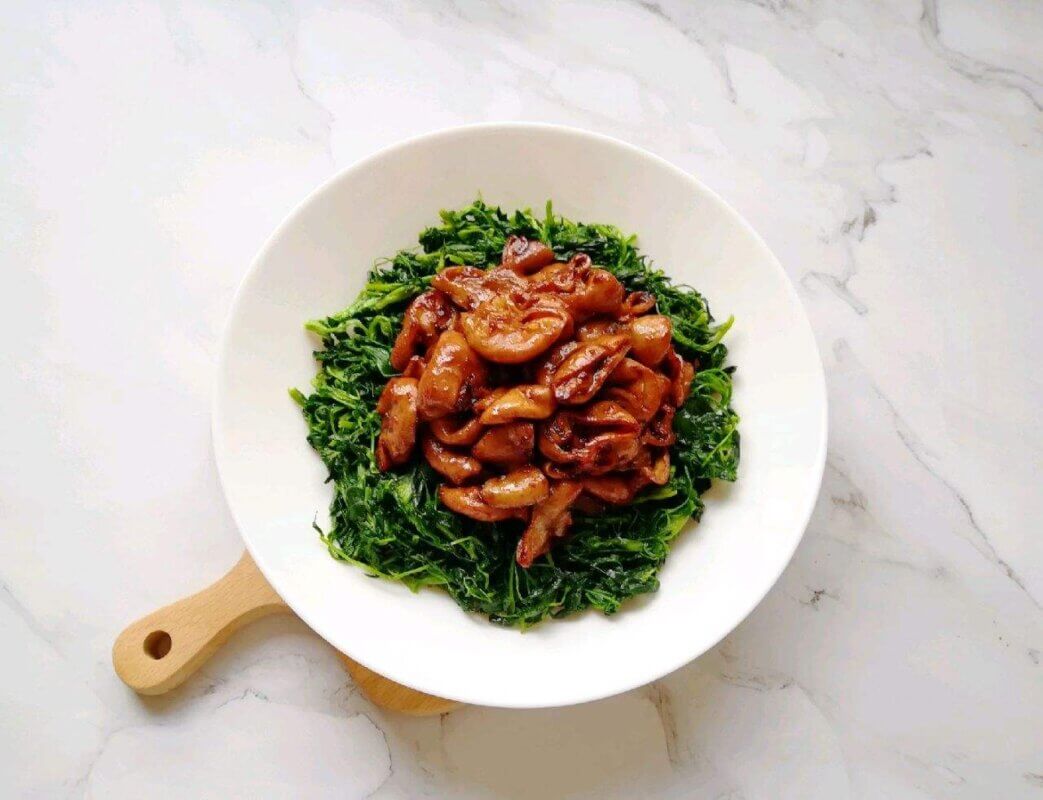
Notice how the sauce of the intestines is a dark brown, reddish color?
This is a common cooking method in Chinese cuisine called 红烧 (hóngshāo). Essentially, braised meat.
There are twenty or thirty different ways of braising meat this way, but they all fall under 红烧肉 (hóngshāo ròu): “braised meat”.
熏鱼 (xūn yú) | Shanghainese food: Smoked fish
熏 (xūn) means “smoked”, and 鱼 (yú) means “fish”.
The dish, however, is less smoked and more fried.
People usually make this dish with yellow croaker ( 黄鱼 , huángyú) or snakeheads ( 黑鱼 , hēiyú).
Snakeheads, by the way, involve neither snakes or the head of snakes.
It’s actually a species of fish native to parts of Asia and Africa!
Interestingly, snakehead fish are also an invasive species. Huh.
The sauce is soy sauce based, and typical of Shanghainese food, it’s also sweet.
Most methods of cooking this dish involves using five-spice powder ( 五香 , wǔxiāng).
熏鱼 is a cold dish. It’s an important dish for Shanghainese families during Chinese New Year.
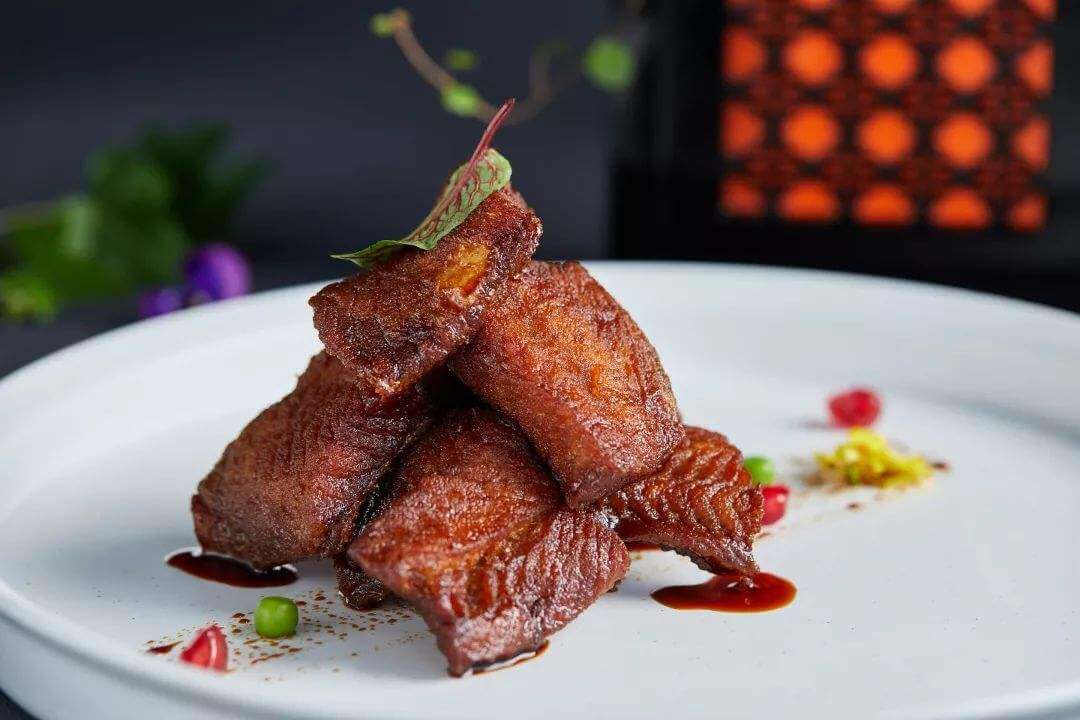
Not super into lighter, sweeter Shanghainese food?
Check out our blog on 20 must-try foods for when you’re in Sichuan, home of China’s famous Szechuan pepper.
Fun fact: UNESCO declared Chengdu (Sichuan’s capital) to be a City of Gastronomy due the notability of its cuisine!
Have any questions or want any more recommendations? Feel free to leave us a comment below!
Shanghainese Food You Need to Try // FAQs
What is Shanghainese food famous for?
Shanghai food is famous for its lightness, freshness, and sweetness.
腌笃鲜 (bamboo shoot soup with pork), 小笼包 (soup dumplings), and 大闸蟹 (Shanghai hairy crab) are great dishes to start with.
What is Shanghainese food?
Shanghai is a part of southern China, also belonging to Jiangzhe cuisine (Jiangsu and Zhejiang provinces).
Food from these two regions are generally lighter and less greasy in comparison to the rest of China.
Jiangzhe dishes tend to be sweeter, and they especially value the freshness of the food and authenticity of the ingredient’s original taste.
What is the most commonly eaten food in China?
Probably rice. Rice is a big thing in China. A very big thing.
What is Shanghai known for?
A very simple overview: Food wise, Shanghai is known for the lightness, freshness, and sweetness of its food.
In China, Shanghai is a cultural center. Globally, Shanghai is known as a financial epicenter of East Asia.
Historically, Shanghai is known for its internationalization.
How much is street food in Shanghai?
Very affordable. A cheap meal can be less than 10 RMB — the jianbing (Chinese crepes) stand in front of LTL Shanghai is tasty and starts from 6 RMB — though it usually goes higher if you buy kebabs, or chuan’r.
For reference, 10 RMB is about 1.5 US Dollars or 1.15 Pounds.
How do I say “local cuisine/food” in Chinese?
本帮菜 (běnbāng cài) means local food.
Want more from LTL?
If you wish to hear more from LTL Mandarin School why not join our mailing list.
We give plenty of handy information on learning Chinese, useful apps to learn the language and everything going on at our LTL schools!
Sign up below and become part of our ever-growing community!
BONUS | Want to study the local dialect known as Shanghainese? We provide Shanghainese Classes in person and online.


 Hi, my name is Mojca. I am from Slovenia in Europe and I and I work as a student advisor at our Shanghai school.
Hi, my name is Mojca. I am from Slovenia in Europe and I and I work as a student advisor at our Shanghai school.



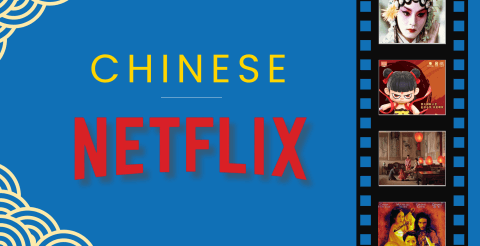


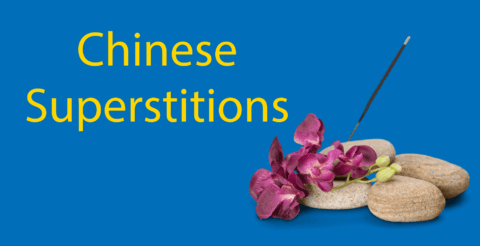
3 comments
Where can i buy the hairy crabs?
Hi Cindy,
When in season (as it is now!), hairy crabs can be found at many marketplaces. The closest supermarkets to you probably have them!
LTL
[…] True to its roots, there’s a subtle sweetness from the rice cakes that is representative of Shangh… […]